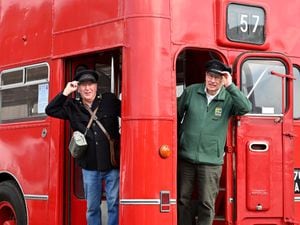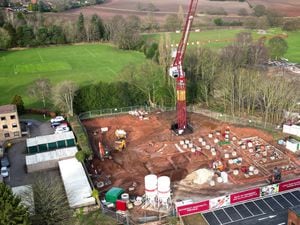James Brindley murder: How teenage killer was brought to justice despite no witnesses, no weapon and no CCTV
The 17-year-old killer has this morning been named as Ammar Kahrod, the brother of co-defendant Aaron Kahrod.
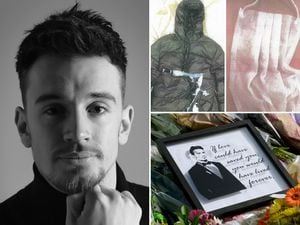
The police inquiry into the murder of gym instructor James Brindley was one of the ‘most painstaking’ ever conducted by the West Midlands force.
The 35-second random act of violence in Aldridge last June was not witnessed, no weapon was ever recovered and there were no CCTV cameras covering the murder scene.
Detectives – who said James’ family had lost their son in the most brutal circumstances – were faced with a hugely difficult task.
The homicide team turned to close-circuit footage from cameras in other parts of the town, also knocking on the doors of hundreds of householders, asking to look through their private CCTV systems.

After picking out two figures as likely suspects, police released the above CCTV on social media, asking the public’s help in identifying the grainy figures. A neighbour and a former schoolfriend both came forward.
Yesterday 17-year-old Ammar Kahrod was found guilty of murder. He was named this morning after a judge lifted his right to anonymity.
His co-accused and brother, 21-year-old Aaron Kahrod, was found not guilty of murder and manslaughter and has been acquitted.
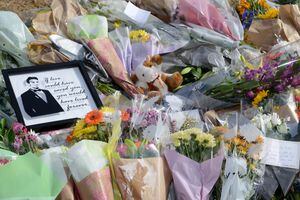
The youth found guilty of the 26-year-old's murder claimed that he had stabbed the gym instructor in self defence after he made a racist comment and advanced towards him. But a jury rejected the teen’s versions of events.
DCI Chris Mallett, who headed the investigation, revealed that officers trawled through ‘thousands of hours’ of tape.
Eventually they were able to trace a route from the murder scene beside The Croft park in Little Aston Road, Aldridge, to the killer.
Speaking after the verdicts, DCI Mallett revealed the most critical footage showed the killer at the junction of Bosty Lane and Walsall Road.

“From the angle we see the killer, he had to have got out of a car or come out of a house nearby,” he said.
“It took three weeks during which we carried out one of the most extensive CCTV trawls the force has ever done. It required very detailed work.
"Of the hundreds of reels of CCTV footage we looked through, only about two dozen were useful."
But it was enough. After his arrest, DNA from the 17-year-old’s torn jacket which he ditched in a park bin as he fled the scene was further evidence of his involvement.

During the trial, the prosecution also spoke of the significance of the inconsistent versions of events given by the youth about what happened that night.
Initially he claimed he was unarmed and that it was James who produced a knife. But after discovering that he had been secretly recorded in custody telling his father that if he told the truth he would be in trouble, he changed his statement.
Mr Mallett said that at each step the 17-year-old waited for the prosecution to show its hand before tailoring his defence to fit the evidence.
“It was a very contrived and cynical defence from the outset", said Mr Mallett.
“Initially he said nothing, then said it was James who had the knife and dropped it in the scuffle. As a result of the recording in custody we were able to disprove that.
“In the intervening six months, James’s family, who lost their son in the most brutal circumstances, have had to endure the defendant’s version of events which were plainly untrue.
“The trial was a very public record that their son did nothing wrong.”
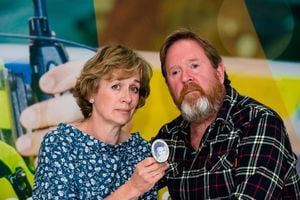
Between 20 to 40 officers worked on the investigation at any one time, an inquiry not helped by the fact that James’ killer had no previous convictions and so was not on the force’s DNA database.
The fact that it happened in the quiet, leafy town of Aldridge made it ‘even more shocking’, said the police chief.
Reverend Jeremy Bakewell, vicar of St Thomas’s Church where a vigil the day after the tragedy was attended by more than 600 people, said the stabbing had ‘devastated’ the community.
He added: “If people didn’t know James directly, they knew someone who did – his death affected everyone very deeply. The family are reminded of their loss every time they go into the town.
"A tree close to where James died outside Glitters in the High Street, only 400 yards from the family home, has been turned into a shrine. Everyone they meet is aware of their loss, it’s hard for them.”
DCI Mallett described the soaring rate of knife crime as ‘a scourge on society’, adding that the trial served as a warning to anyone thinking of taking a knife out ‘for protection’.




